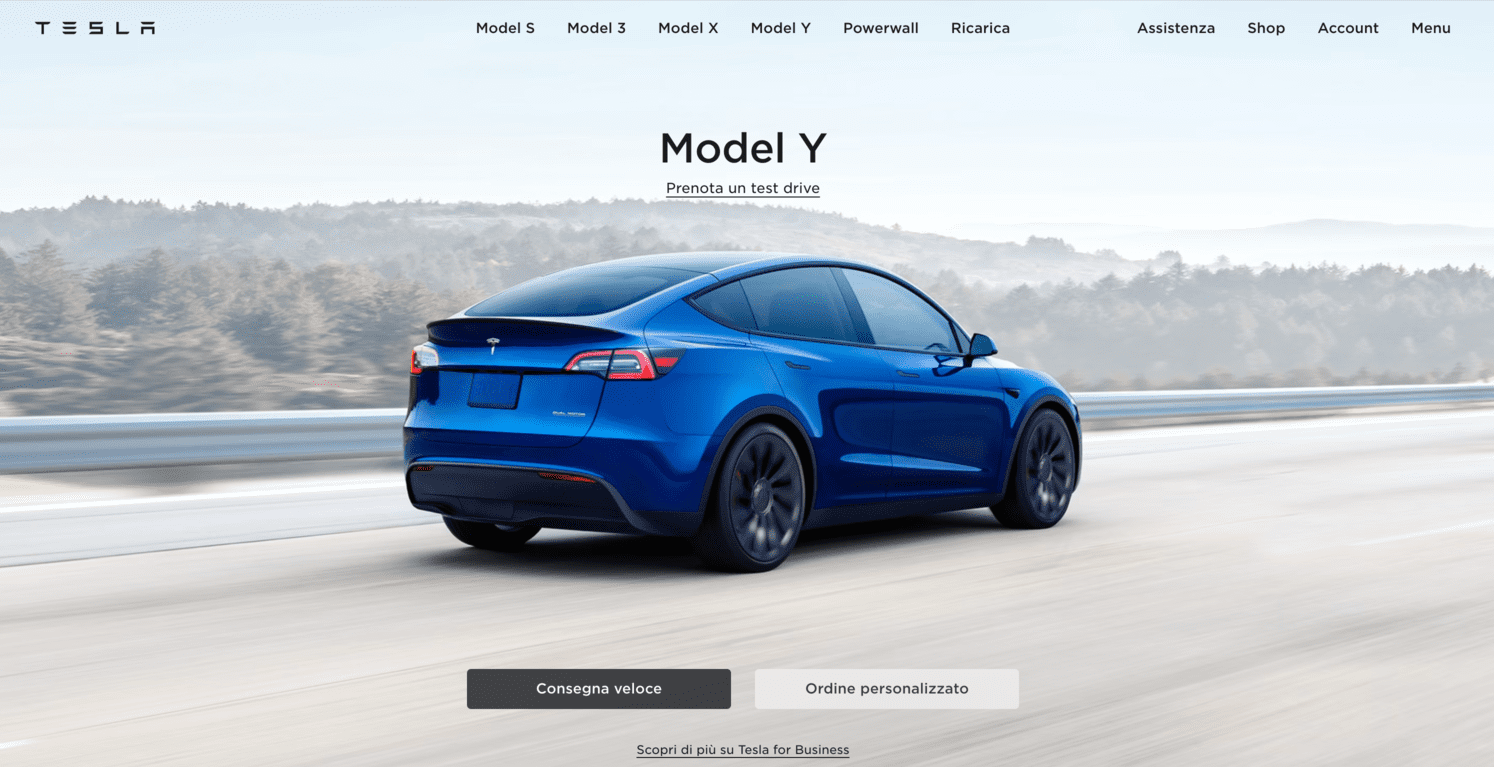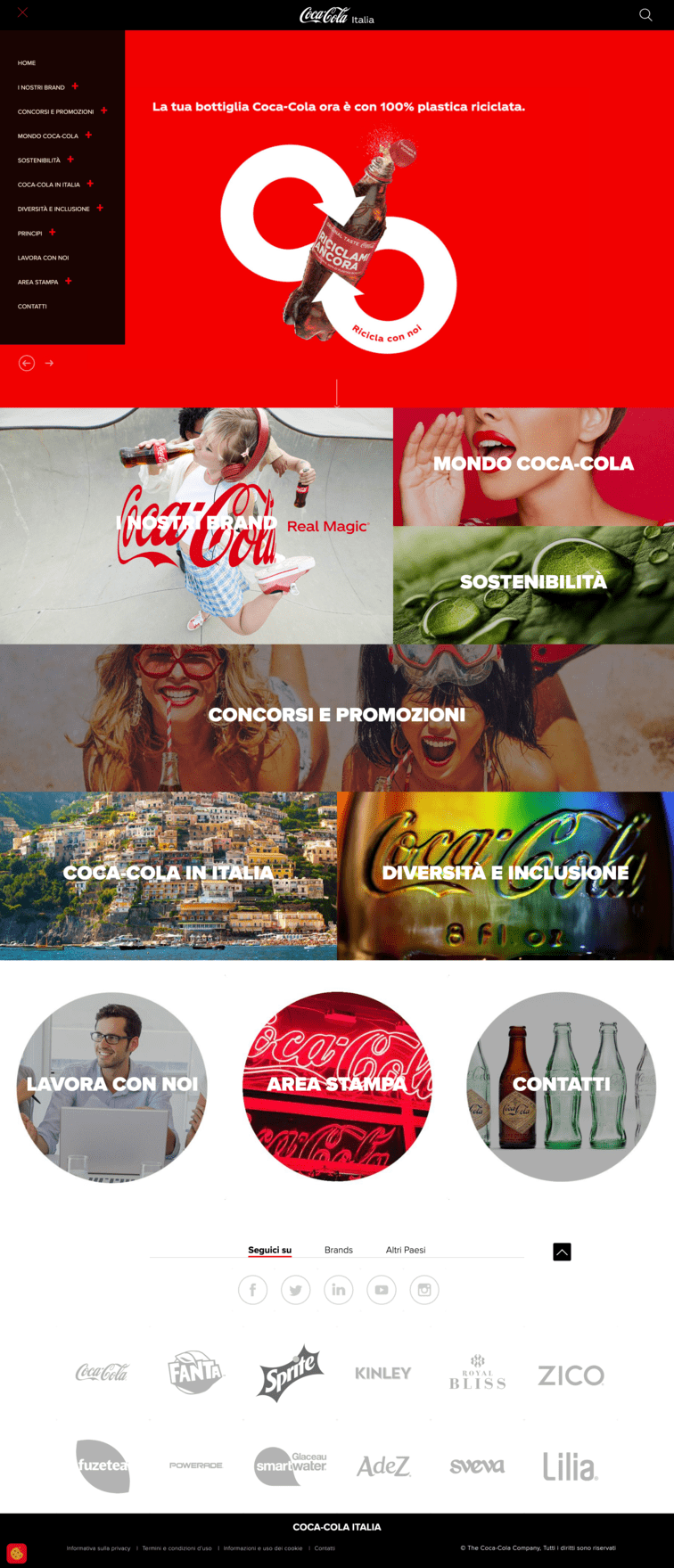Welcome to the fast-paced digital world, where a strong online presence is vital for businesses and entrepreneurs like yourself. We understand the importance of making a lasting impression on your target audience, and that’s why effective website design is crucial. Whether you’re starting from scratch or looking to revamp your existing website, we’re here to guide you through the basics of web design. In this comprehensive guide, we’ll explore why web design matters and provide you with real-life examples and best practices to help you create an engaging and visually appealing online presence.
Understanding Web Design Basics:
When we talk about web design, we’re referring to the process of creating and styling websites to deliver a seamless user experience. It involves strategically combining visual elements, user interface (UI) design, and user experience (UX) principles to strike a balance between aesthetics and functionality.
What is User Interface (UI) Design?:
User Interface (UI) design refers to the process of creating visually appealing and intuitive interfaces for digital products or systems. It focuses on the presentation and layout of elements that users interact with, including buttons, menus, forms, and other interactive components. The primary goal of UI design is to enhance usability and ensure a seamless user experience by considering factors such as aesthetics, accessibility, and user interaction
What is User Experience (UX) Design?:
User Experience (UX) design involves designing the overall experience and interaction that users have with a digital product, system, or service. It encompasses various aspects, including usability, accessibility, ease of use, efficiency, and satisfaction. UX designers strive to understand users’ needs, behaviours, and motivations to create designs that meet their expectations and provide a positive and enjoyable experience.
Let’s take inspiration from well-known companies like Apple and Nike, who have mastered the art of web design. Their websites feature clean and intuitive layouts, captivating visuals, and seamless navigation, all of which contribute to a positive user experience.


Photos: Apple.it / Nike.it
The Benefits of Well-Designed Websites:
Investing in a well-designed website offers numerous benefits for businesses and entrepreneurs like yourself. First and foremost, it enhances credibility and trustworthiness. Visitors are more likely to engage with a website that looks professional and visually appealing. For instance, take a look at Airbnb’s website, which showcases beautiful images, a user-friendly interface, and transparent information, instilling trust in their brand.

Photo: Airbnb.it
Moreover, an effective web design boosts user engagement and conversions. By incorporating persuasive design elements, clear call-to-action buttons, and intuitive navigation, you can guide visitors towards desired actions. Take inspiration from e-commerce giant Amazon, which provides a seamless and personalized shopping experience through smart design choices.
Key Elements of Effective Web Design:
To create a successful website, you need to focus on key elements such as visual design, layout, and content organization. When it comes to visual design, carefully select colours and typography that align with your brand identity and evoke the right emotions. A great example is Coca-Cola’s website, which utilizes their signature red colour and a font that exudes energy and excitement.
Photo: Cocacola Italia
Next, pay attention to the layout and navigation of your website. Ensure that it is intuitive and user-friendly, allowing visitors to find information effortlessly. Consider the website of Tesla, led by Elon Musk, which features a sleek and streamlined design that simplifies the user journey.

Photo: Tesla Italy
In terms of content organization, follow best practices to make your website easily scannable and digestible. Use headings, subheadings, and bullet points to break up content, making it more reader-friendly. Take inspiration from the content-focused website of Neil Patel, a renowned digital marketer, where information is presented in a concise and organized manner.
Responsive Web Design and Mobile Optimization:
With the increasing use of mobile devices, responsive web design is a must. Responsive websites adapt to different screen sizes and ensure a consistent user experience across devices. Google places high importance on mobile-friendliness when ranking websites in search results. Test your website’s responsiveness using tools like Google’s Mobile-Friendly Test and make necessary adjustments to provide a seamless experience for mobile users.
Consider the mobile version of Starbucks’ website, which maintains the same brand identity and functionality as the desktop version while optimizing the layout and content for smaller screens. The result is a user-friendly and visually appealing mobile experience.
User-Centered Design and UX Principles:
Creating a positive user experience (UX) should be at the core of your web design process. Put yourself in the shoes of your target audience and consider their needs and expectations. Conduct user research and usability testing to gather insights and refine your design. Basecamp, a project management software company, exemplifies user-centered design by consistently involving their users in the design and development process.
Implement UX best practices such as clear navigation, fast loading times, and easy-to-use forms. Dropbox’s website, known for its simplicity and intuitive interface, is a great example of a user-centric design that focuses on usability and functionality.
Importance of Website Speed and Performance:
Website speed and performance have a significant impact on user experience and search engine rankings. Slow-loading websites lead to higher bounce rates and frustrated visitors. To optimize performance, compress images, minify code, and leverage caching techniques. Look at the website of HubSpot, a leading marketing software company, which is known for its fast-loading pages and smooth user experience.
The Role of SEO in Web Design:
Search engine optimization (SEO) is vital to ensure your website ranks well in search engine results and drives organic traffic. Incorporate relevant long-tail keywords into your website’s content, meta tags, and URLs. Follow SEO best practices such as creating descriptive page titles and meta descriptions. Consider Moz, a prominent SEO software company, whose website excels at on-page SEO techniques to attract organic traffic.
Value of Consistent Branding and Visual Identity:
Your website should reflect your brand’s identity and create a consistent experience across all touchpoints. Align your web design elements, including colours, fonts, and imagery, with your brand guidelines. Apple’s website is a prime example of consistent branding, with its sleek and minimalist design reflecting the brand’s overall aesthetic.
To sum up…
Dear entrepreneurs and business owners, web design goes beyond pretty visuals—it’s about creating meaningful connections. Embrace the process, tackle the challenges, and let your website be a reflection of your brand’s greatness. With a little bit of strategy, creativity, and the right guidance, you can build a website that shines brightly, captivates your audience, and propels your brand to new heights. So, go ahead and embark on this exciting journey of web design, knowing that you’re not alone. You’ve got what it takes to create an online presence that truly resonates with your target audience. Best of luck, and may your website become a digital masterpiece that leaves a lasting impact.
—————
References:
Interaction Design Foundation. (n.d.). User Interface Design. Retrieved from https://www.interaction-design.org/literature/topics/ui-design
Nielsen Norman Group. (n.d.). User Experience (UX) Design. Retrieved from https://www.nngroup.com/articles/definition-user-experience/

